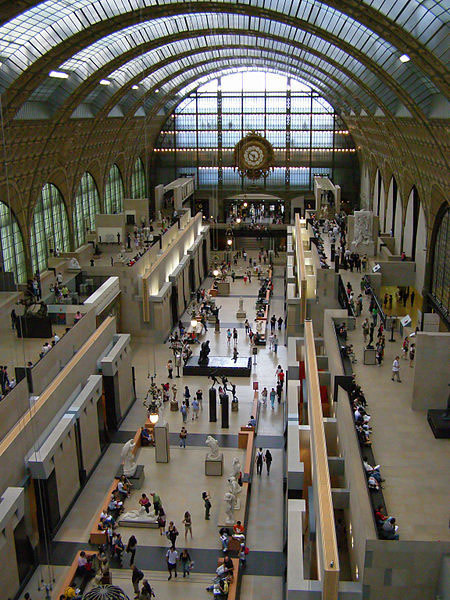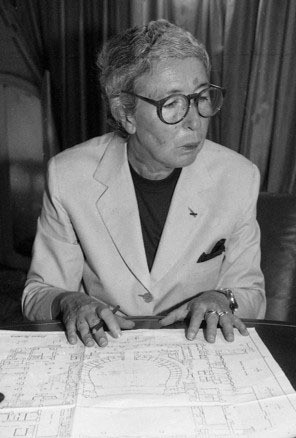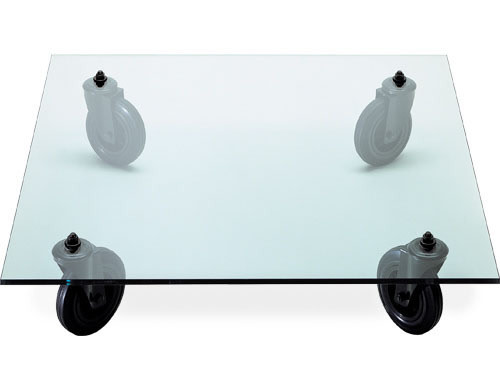Gae Aulenti, RIP

The Musee d'Orsay - a creative and pioneering reuse of an old Beaux-Arts train station – was Italian architect Gae Aulenti's best known architectural work, completed in 1986. Here, the main hall, which used to be the train shed.
Gae Aulentiwas never a household name, but then, how many pioneering designers are? Not many. She was, however, a multitalented Italian architect who successfully created everything from museums to houses to furniture to theatre designs, in a distinctive yet not easily pigeon-holed post-modern style. She was also a woman alone (nearly) in a field of men throughout her decades-long career, starting out with being one of two women graduating from architecture school in her class at Milan Polytechnic in the mid 1950s.

The numbers of women in the field have changed since then, but Aulenti still stands out as a major design talent who just happened to be a woman and just happened to run her own widely successful firm for several decades. (A disproportionate number of women architects who have their own firm partner with a man – often a husband; by contrast, Aulenti married, twice, but practiced as the head of her own firm. She is quoted in The Guardian's recent obituary as having observed, "There are plenty of other talented female architects, but most of them seem to link up with men...I've always worked for myself, and it's been quite an education. Women in architecture must not think of themselves as a minority, because the minute you do, you become paralysed. It is most important to never create the problem.")
Aulenti died October 31, 2012 at her home in Milan. She was almost 85, and, as they say of the best designers, her work will live on. Gaetana Aulenti (nickname Gae, pronounced "guy") is best known for the the Musee d'Orsay in Paris, which is both a reuse of an out of date building (a Beaux-Arts train station built in 1900) and a post-modern creation of the 1980s in all the best ways. Aulenti's take on what should happen after Modernism was a far cry from what we know of here in Portland. No Portland Buildings in her portfolio of projects; no mauve and tan follies a la Michael Graves. She was a member of a group of Italian architects (called neo-Liberty or neo-Art Nouveau) who reacted against their high-modern forbears (Le Corbusier, Mies van der Rohe) by seeking to build with a new language.

Image: Courtesy of Hive
Her work was often assertively eclectic, almost whimsical, yet at the same time clearly, structurally, resolutely rational. Two of her most well known furniture pieces show her range and style: the Sanmarco table and bench, and the iconic and cartoonishly simple “Tavolo Con Ruote” (table on wheels, in photo at left; available at Hive and at Design Within Reach).




